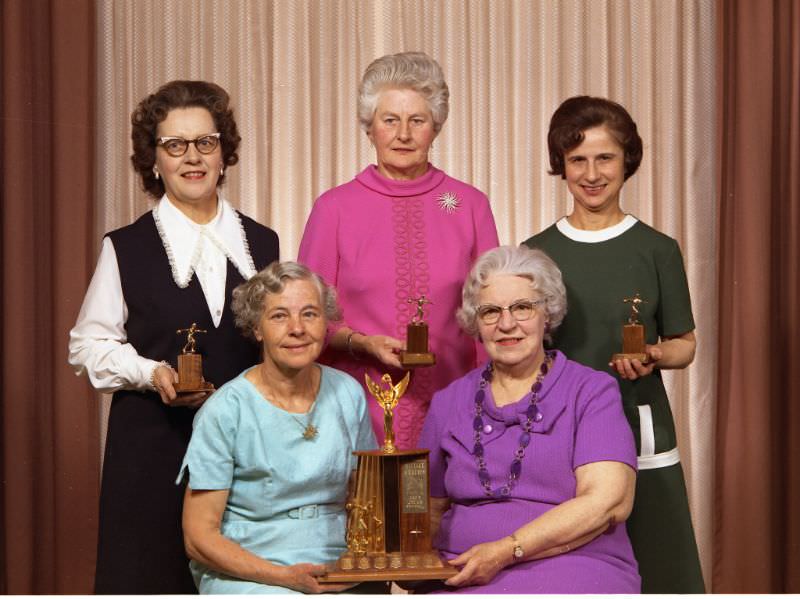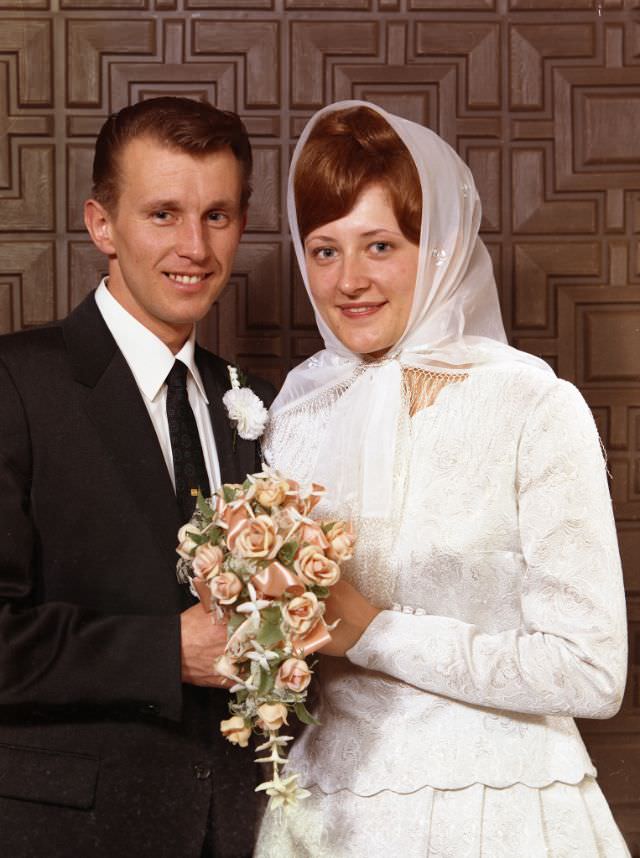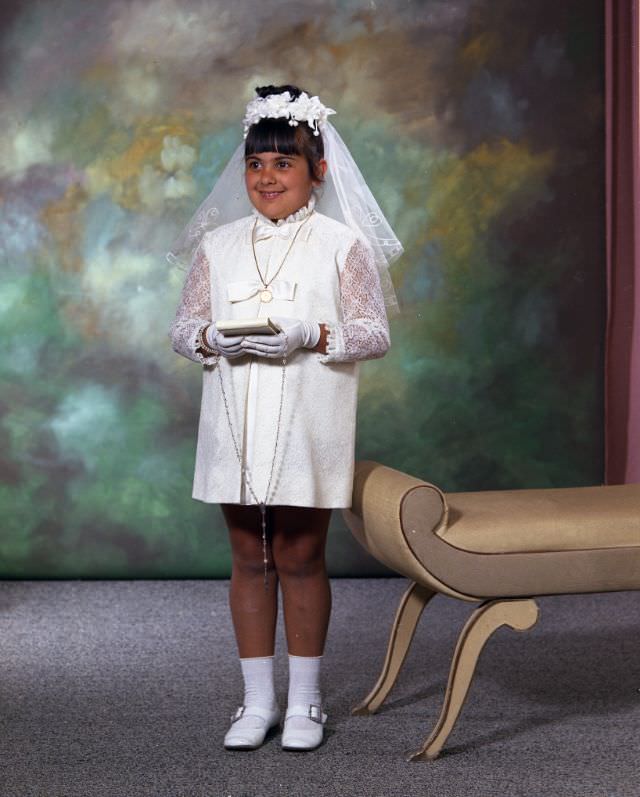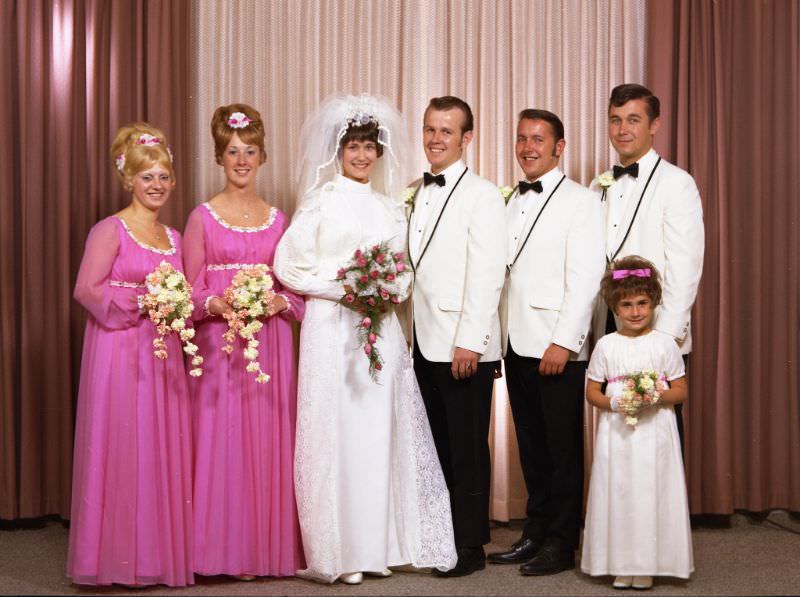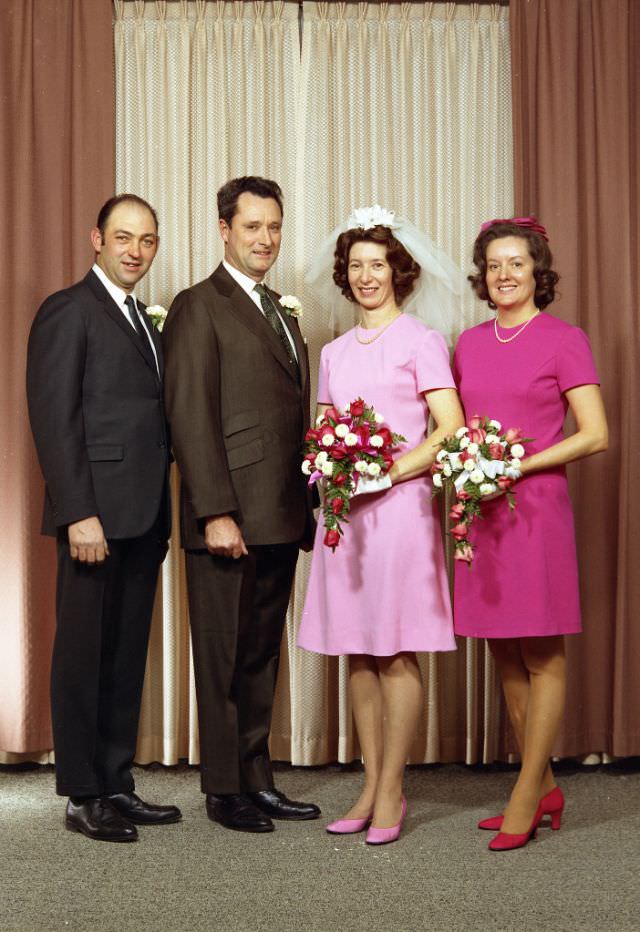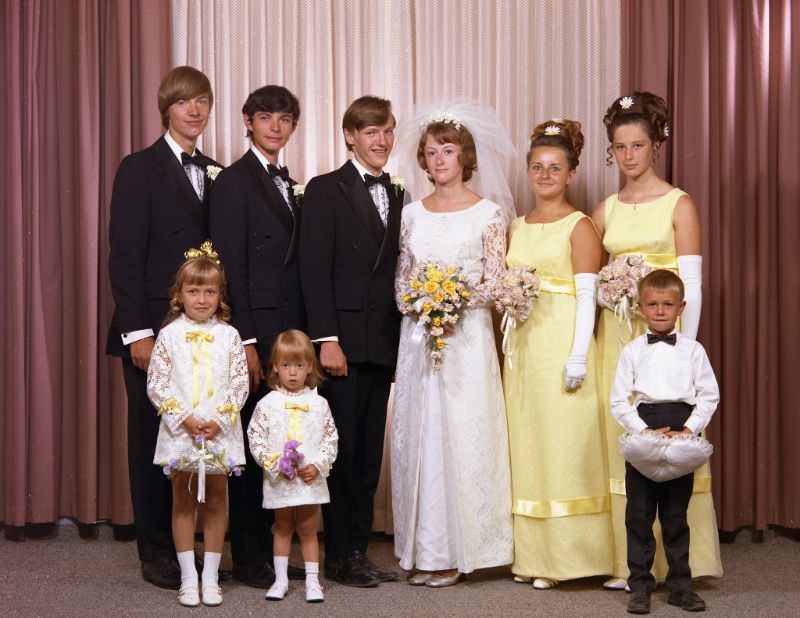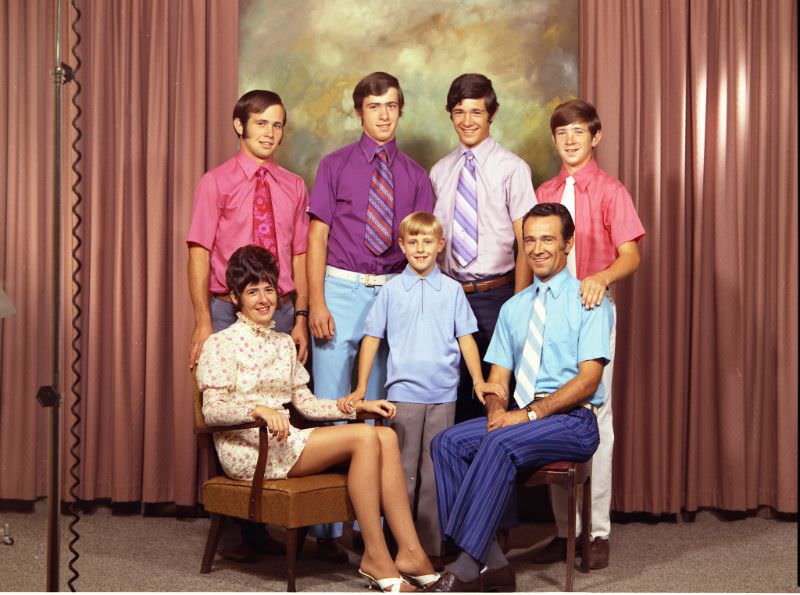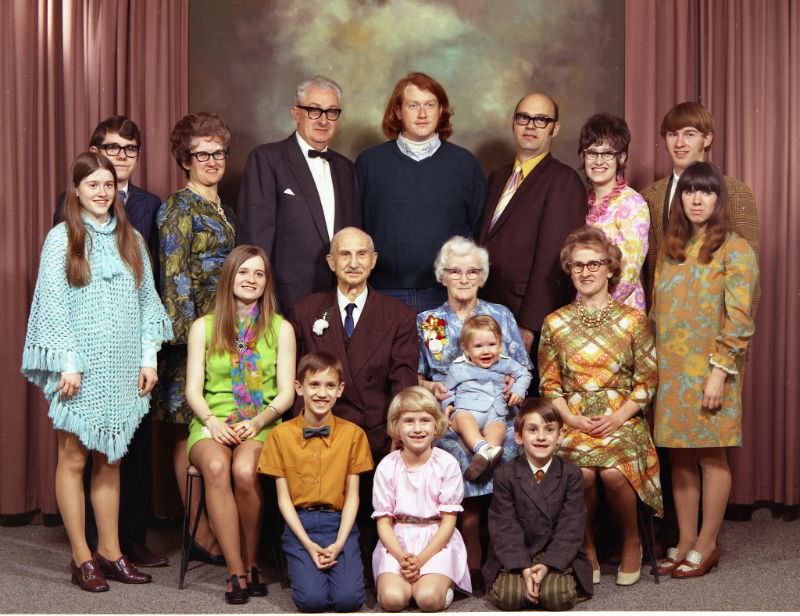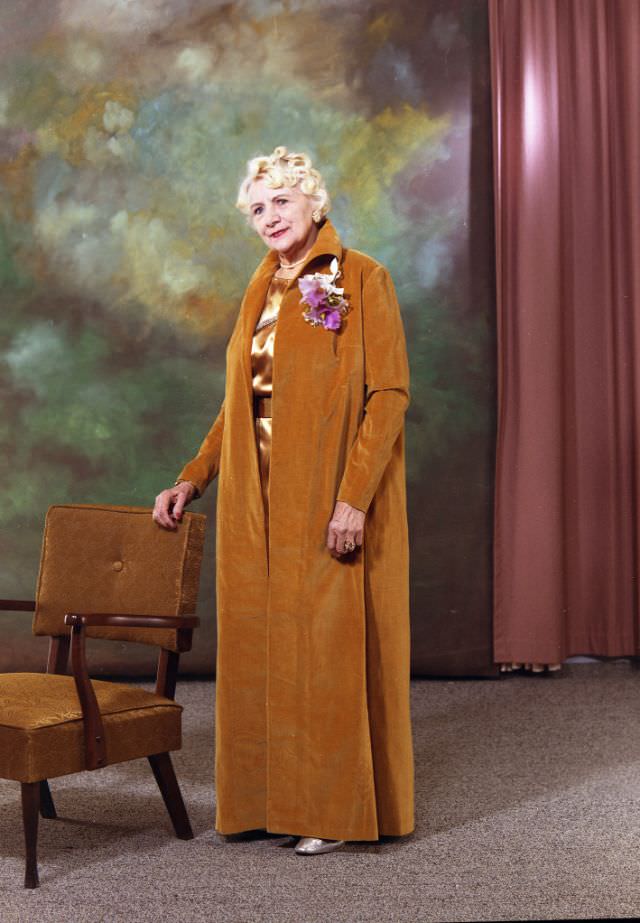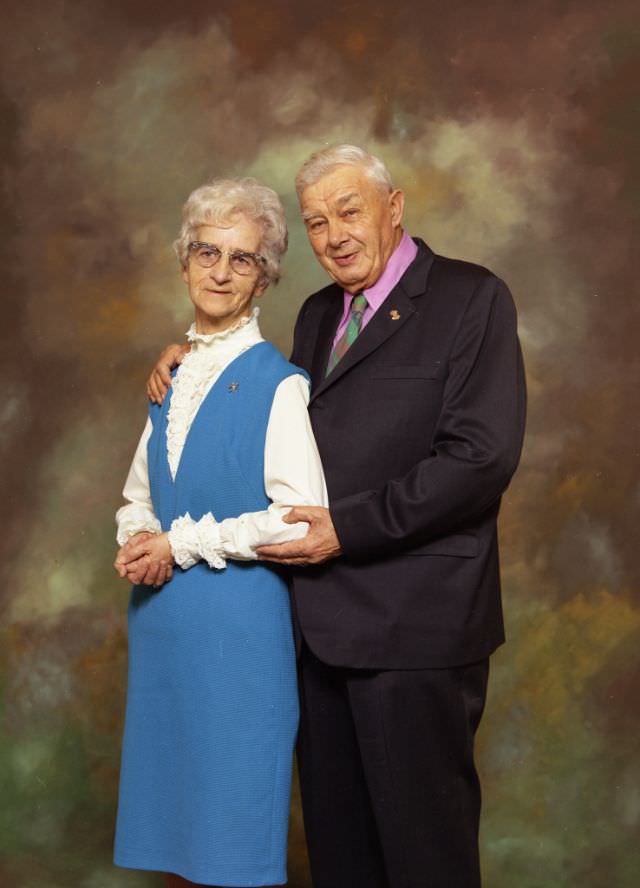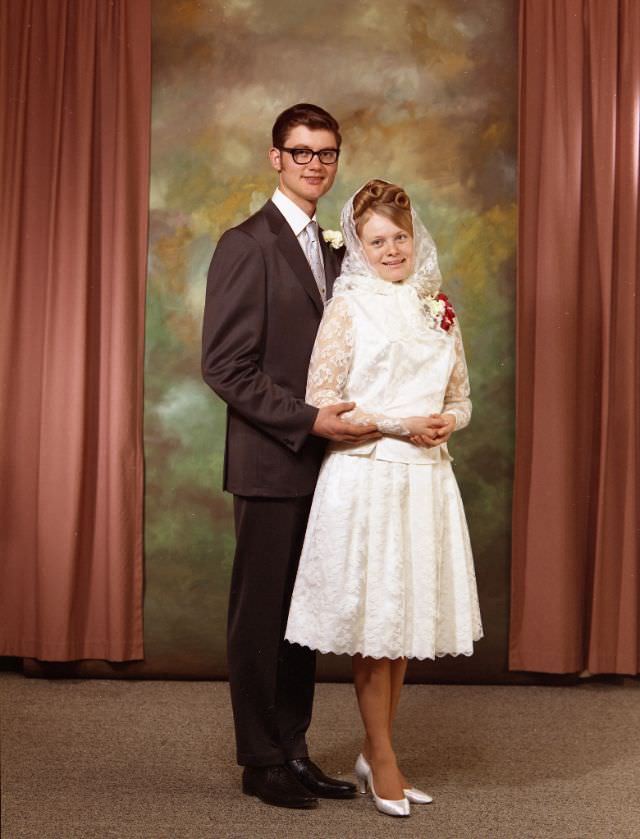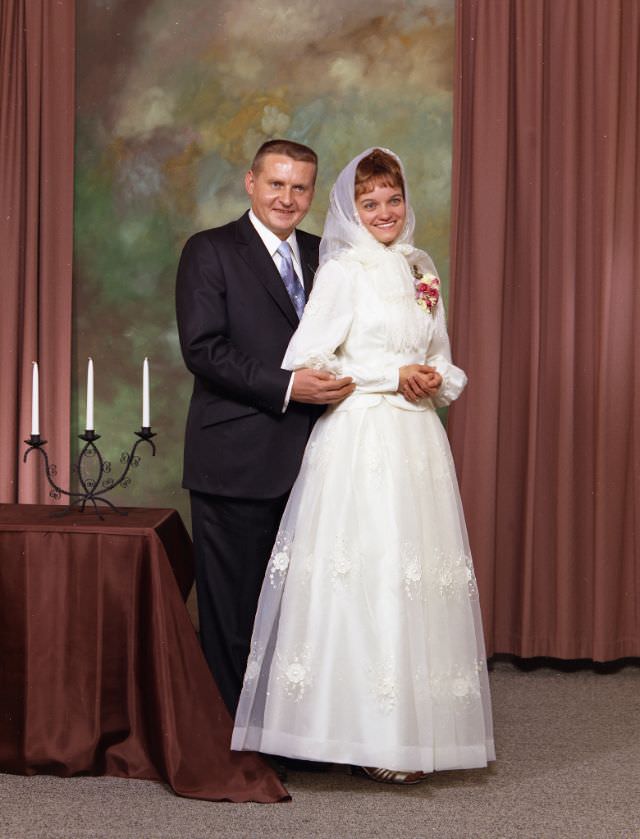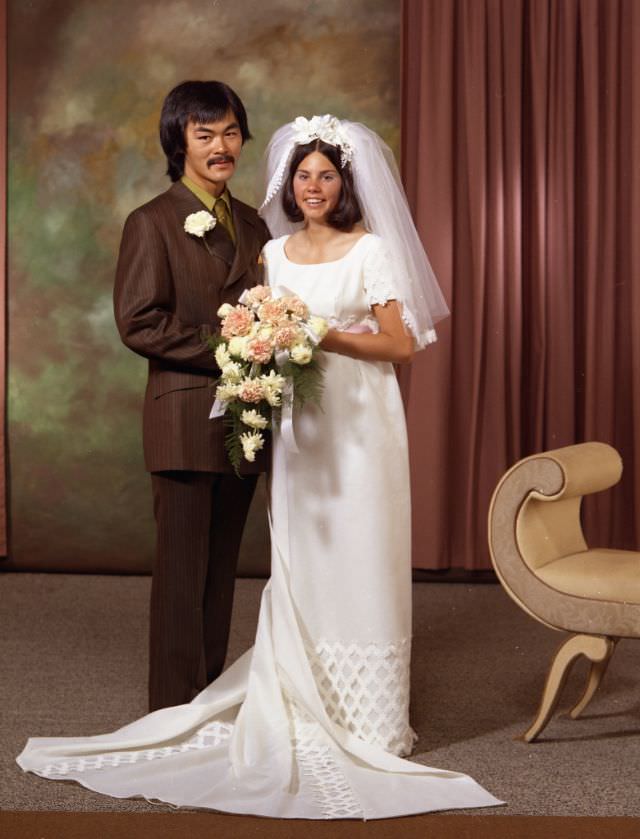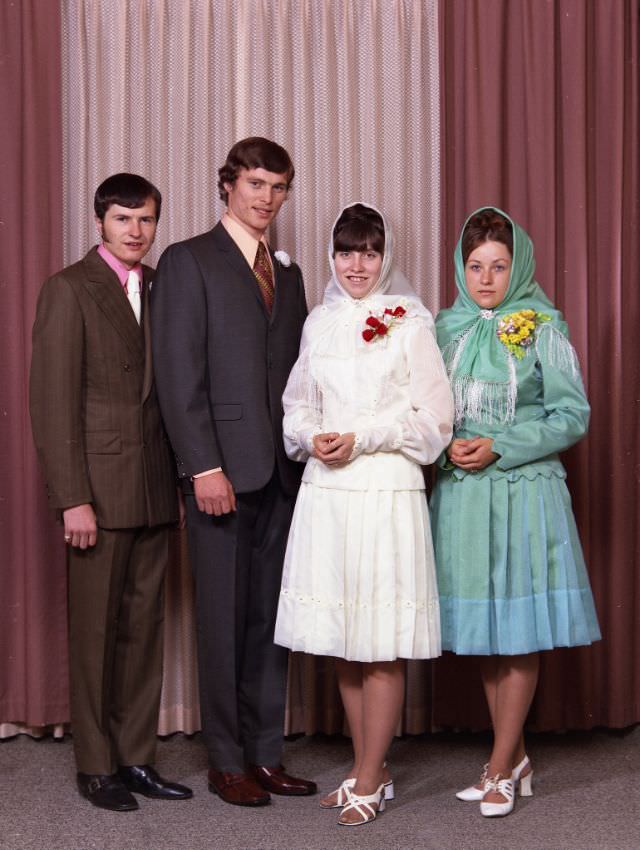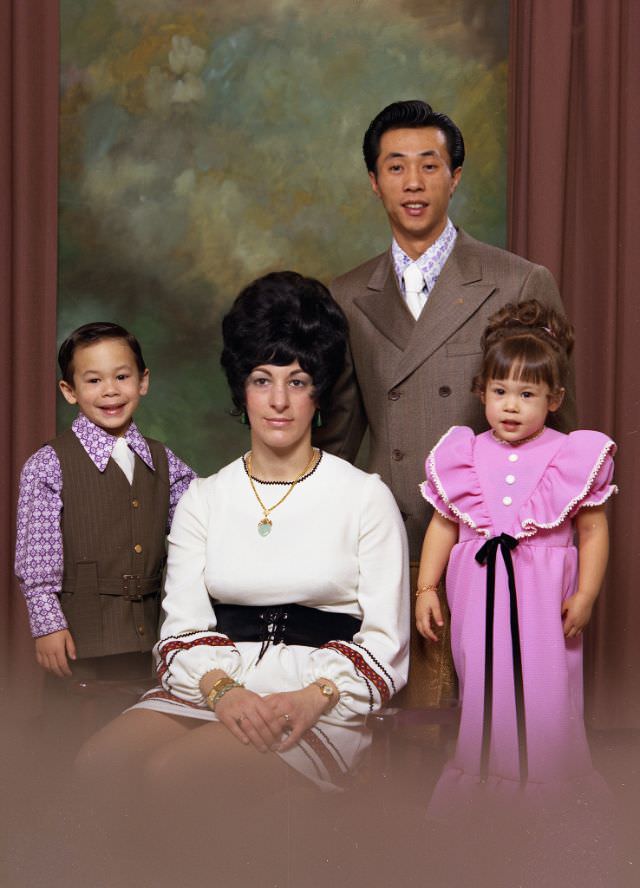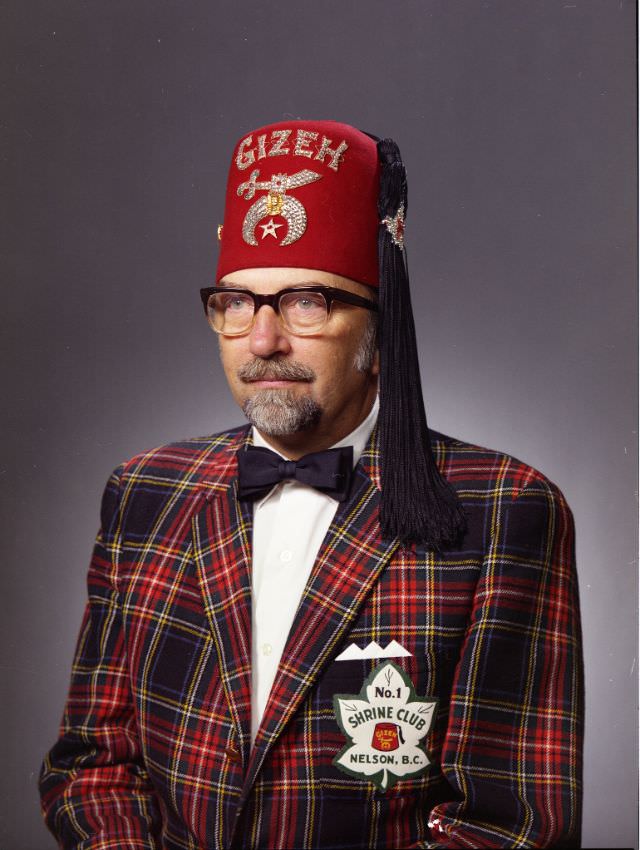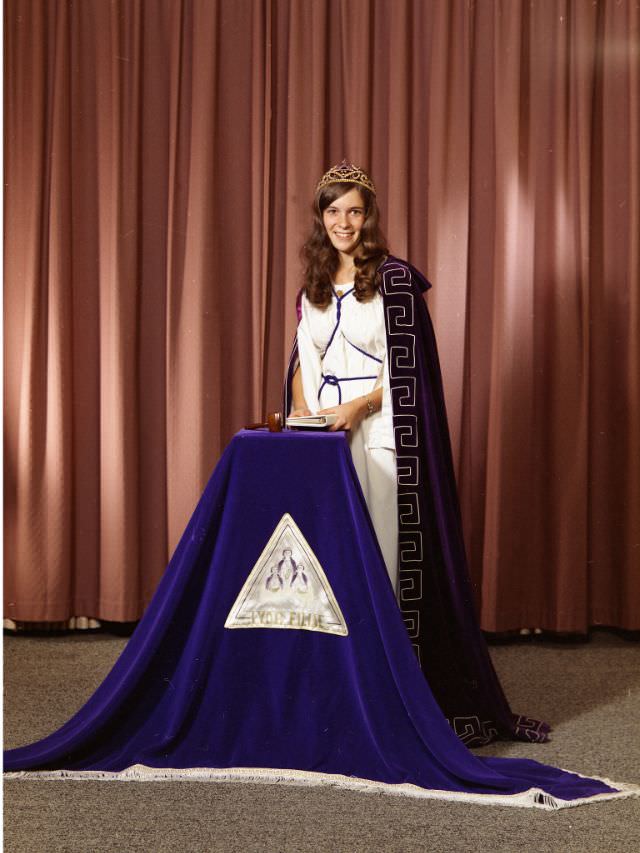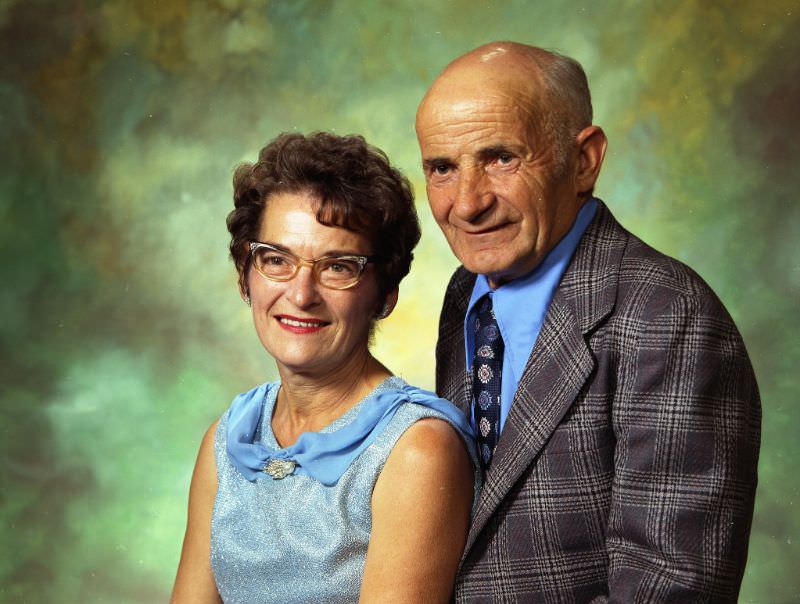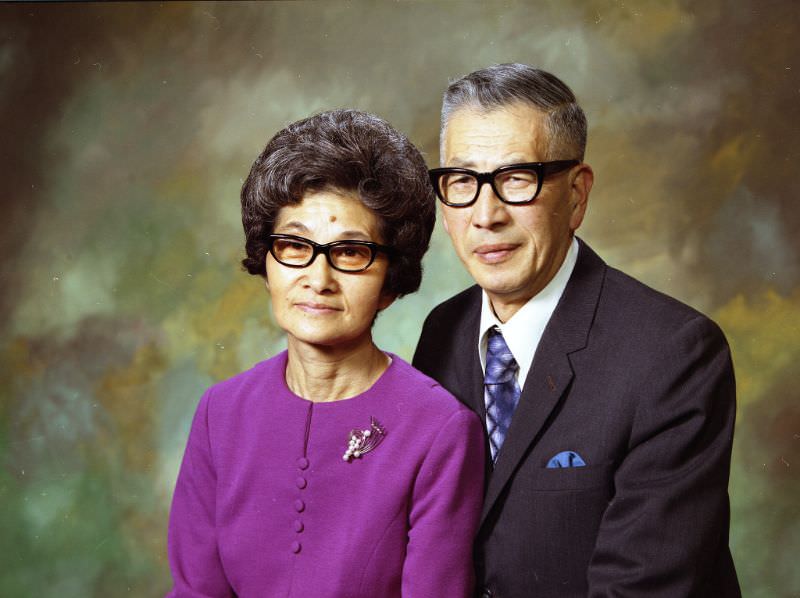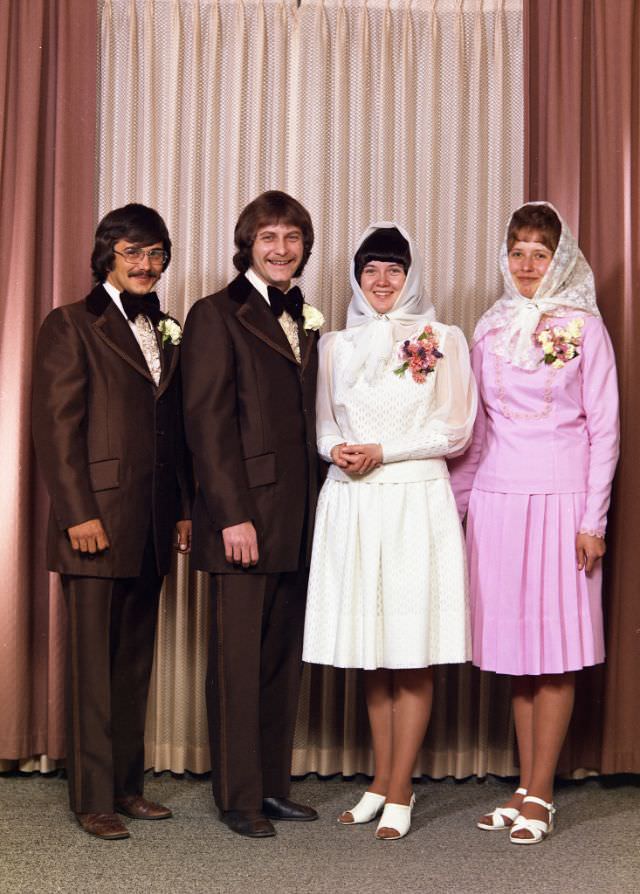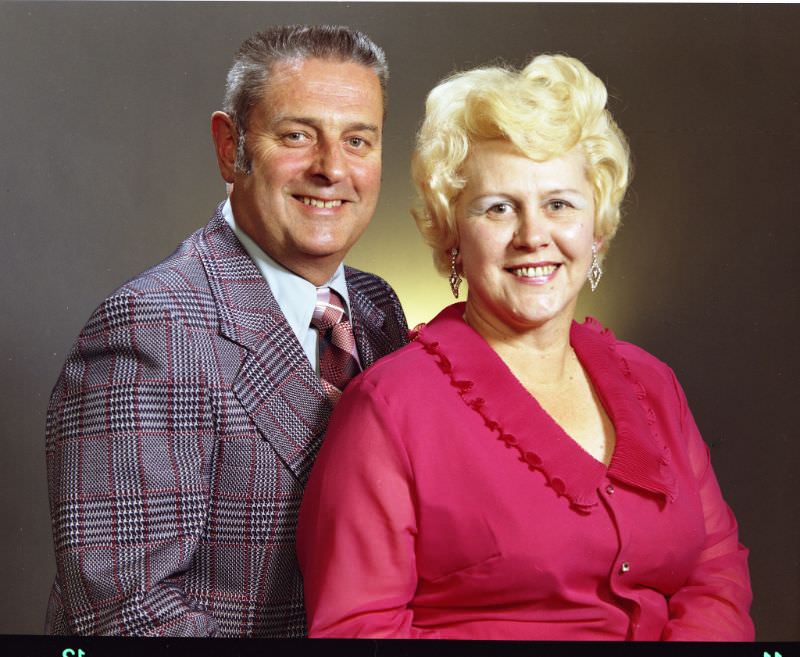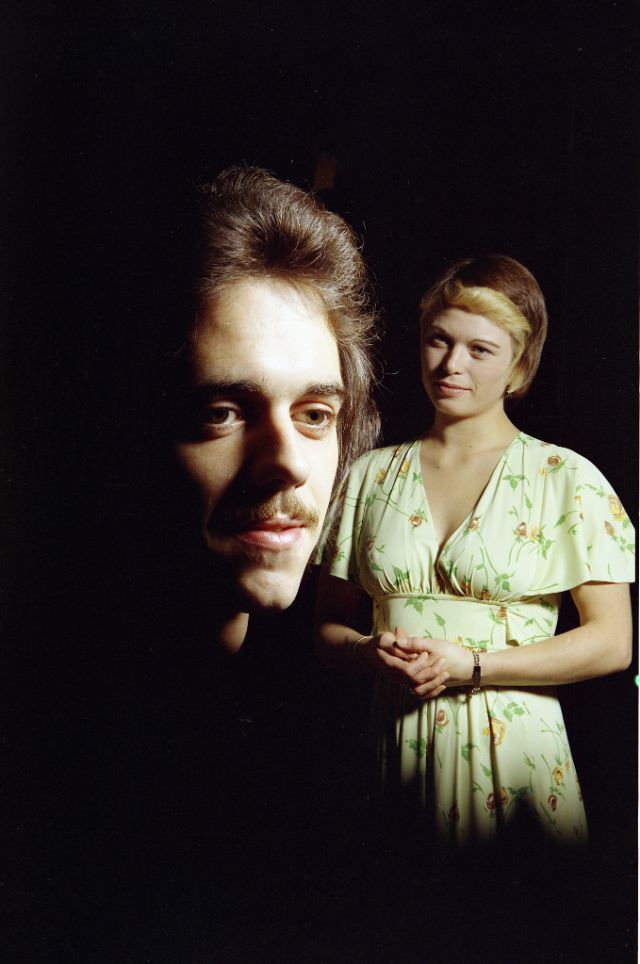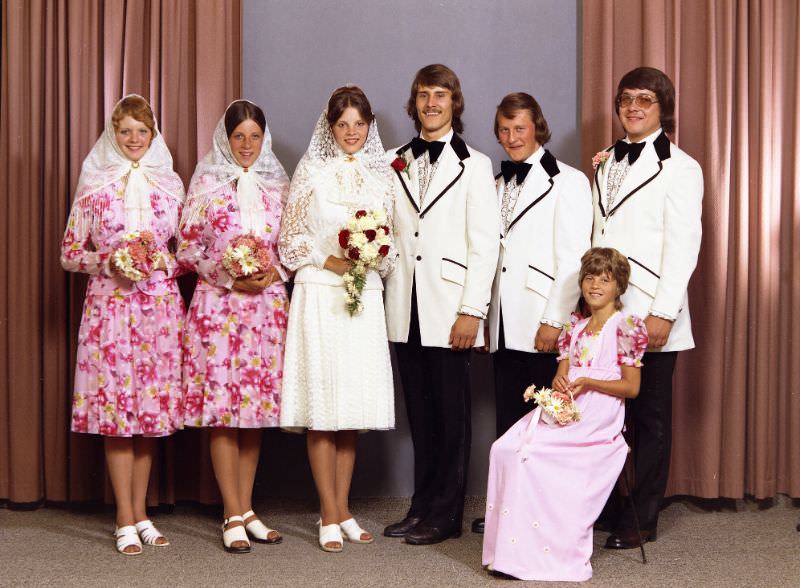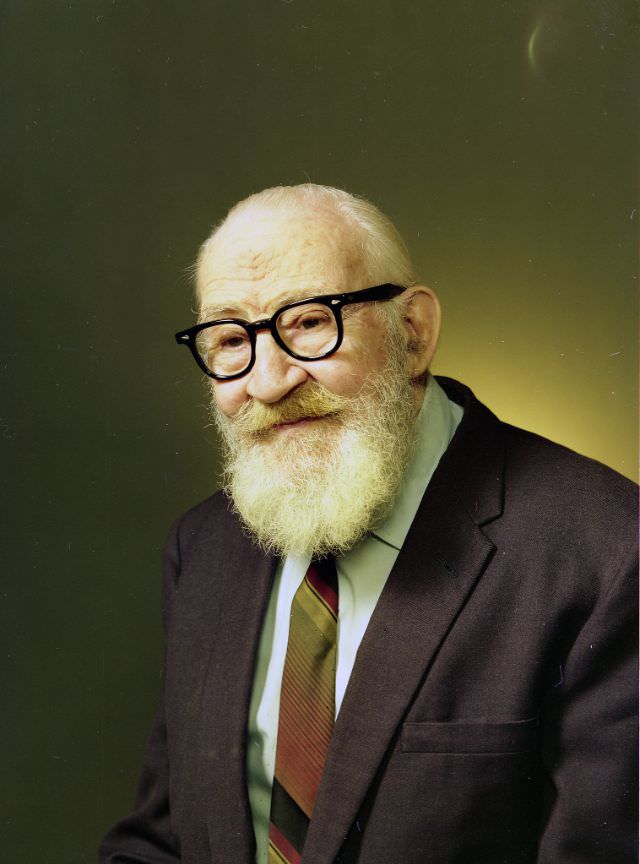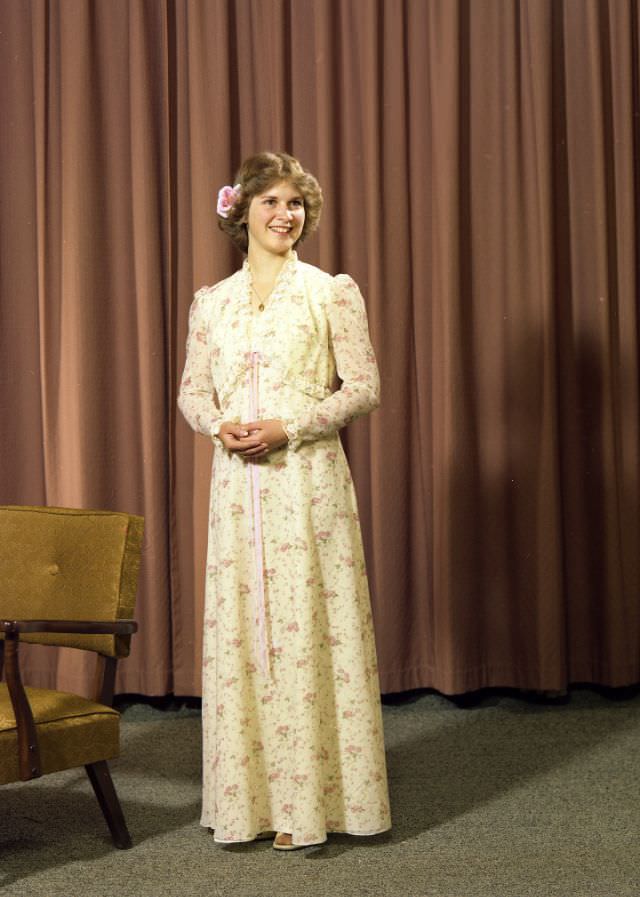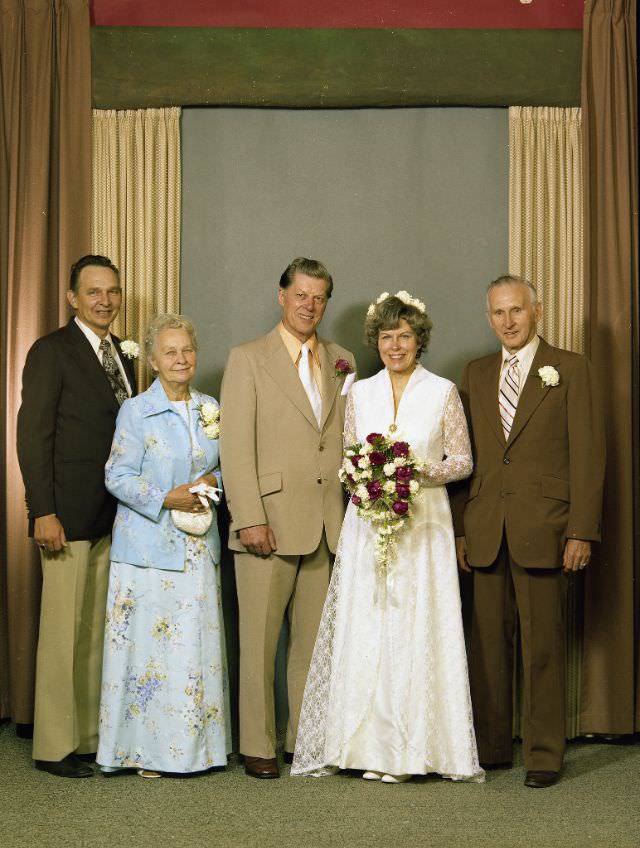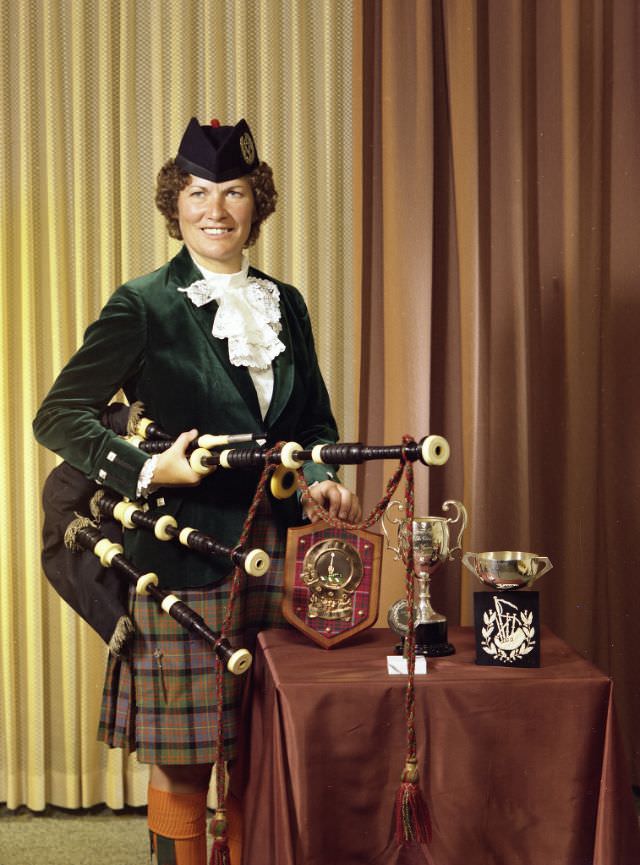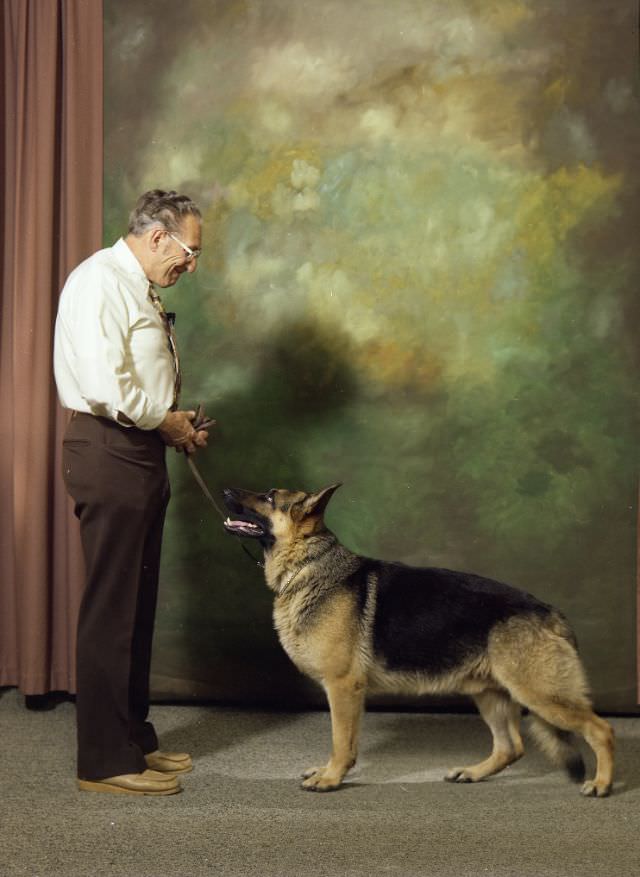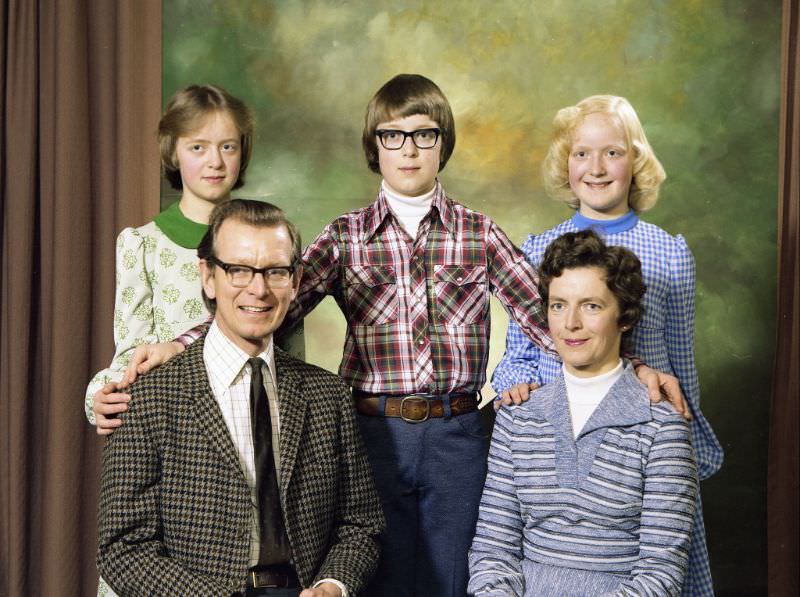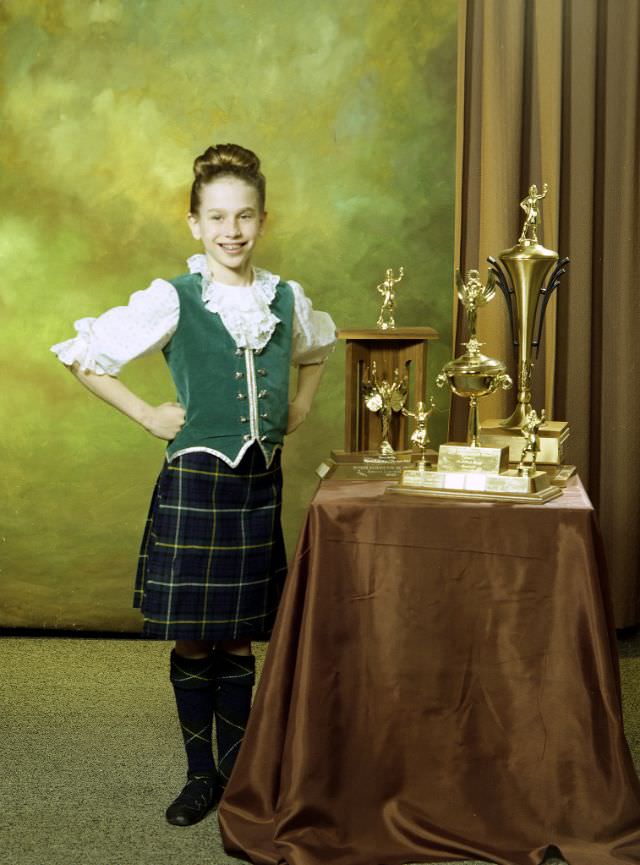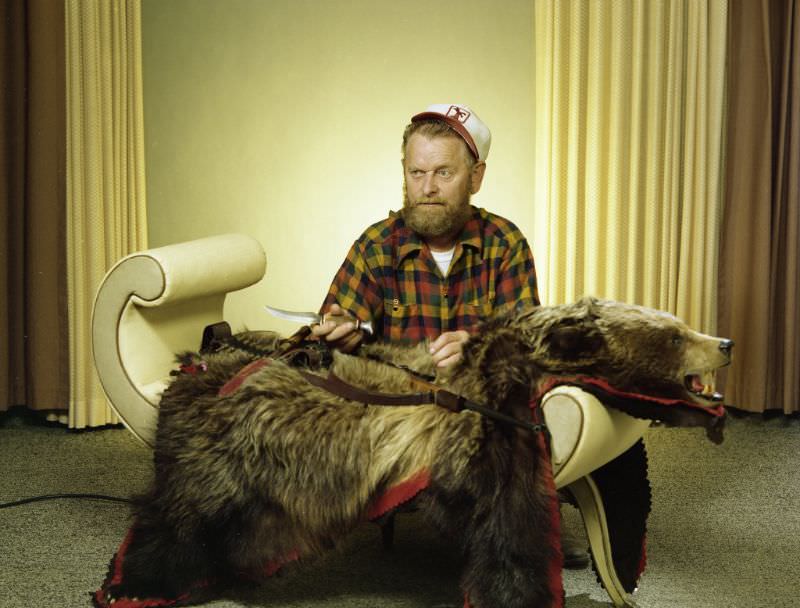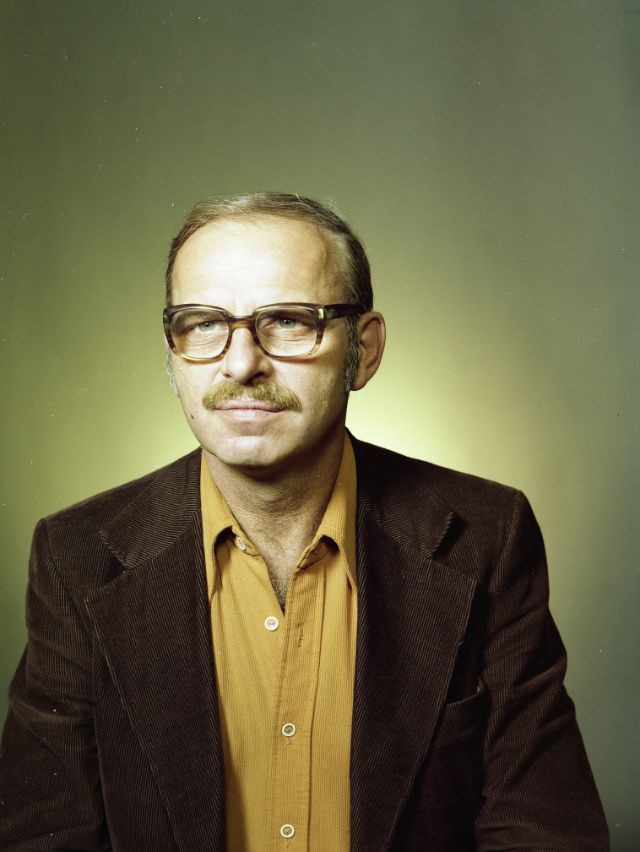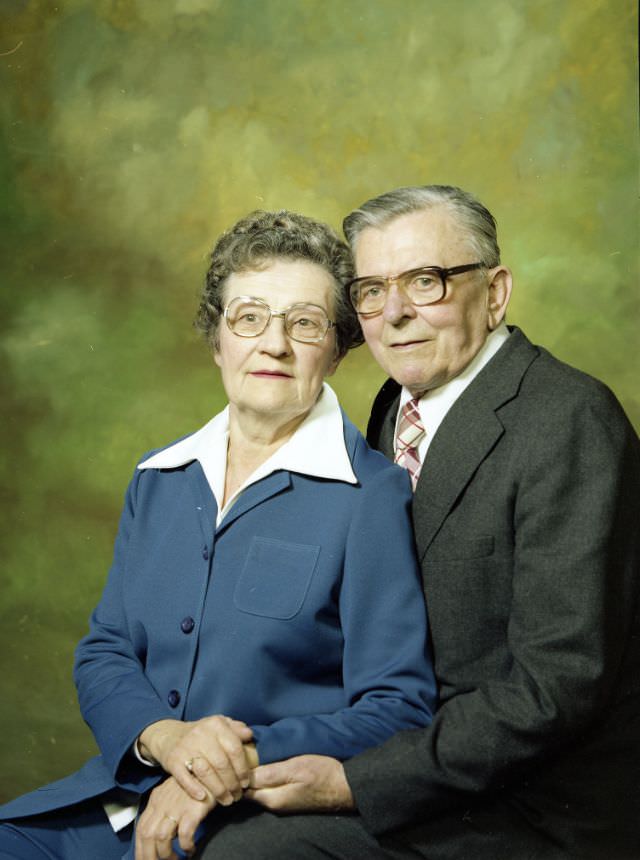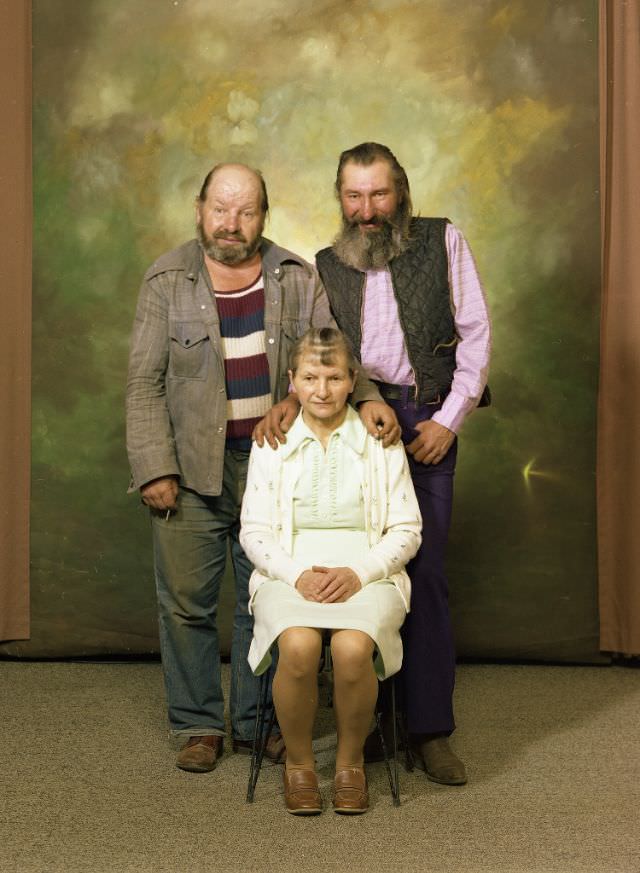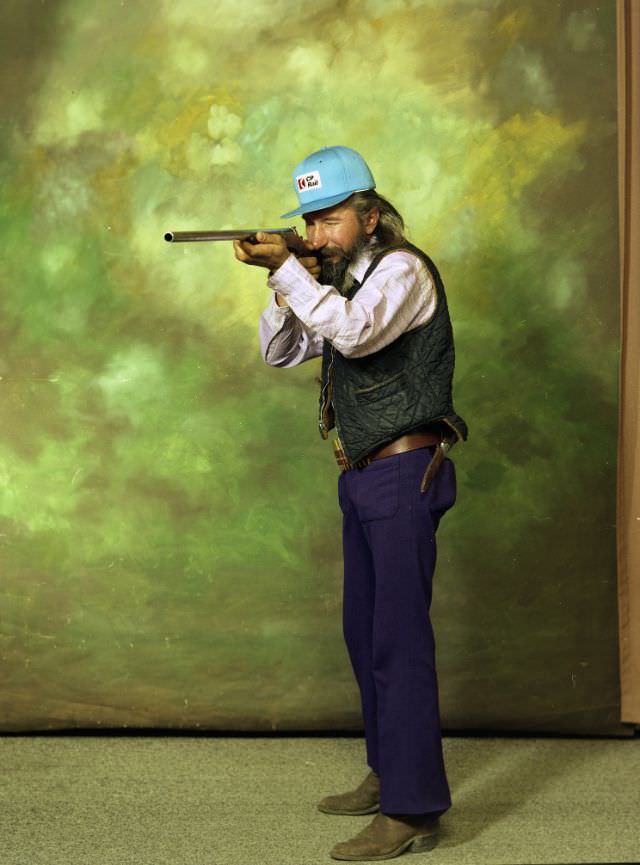In the small town of Nelson, British Columbia, a dedicated photographer named Archibald Albert “Archie” Renwick turned his lens towards the people, capturing the essence of the town and its residents in a series of remarkable portraits. From the late 1940s until the mid-1980s, Renwick’s Portrait Studio became a cornerstone of Nelson’s community life, creating a visual tapestry of the town’s evolution through four decades.
Archie Renwick, a native of Nelson and graduate of Nelson High School, had initially dabbled in other ventures. He worked at Renwick’s Transfer and Taxi on Vernon Street, and later started a grocery business called Renwick and Romano in the 1930s. His interest in photography, however, led him away from Nelson in the early 1940s. He graduated from a photography school in Chicago in 1942, armed with a newfound skill and a vision to create.
Returning to his hometown, Renwick opened his portrait studio at 316 Baker Street, later moving to 577 Ward Street in 1958. It was here that he documented the lives of thousands of Nelson residents over the next forty years. His work earned him a reputation as a trusted portrait photographer, capturing the faces and lives of the people of Nelson, from everyday citizens to the most prominent figures in the community.
Among his notable subjects were the Bishop of Nelson, Martin Michael Johnson, and Mayor Louis Maglio, lending an air of prestige and significance to his work. Furthermore, his ability to gain the trust and respect of the Kootenay Doukhobor community speaks volumes about Renwick’s character and his passion for his craft.
Renwick’s wedding photographs were particularly admired and were often featured in the Nelson Daily News. These photos, brimming with joy, love, and hope, offer a deeply personal insight into the lives of Nelson’s residents and a time capsule of the town’s social history.
On May 22, 1992, the Touchstones Nelson Museum of Art and History Archives received a precious gift: the Renwick’s Portrait Studio Collection. This treasure trove of portraits taken during the 1970s now serves as a historical snapshot of Nelson’s residents during that era.


